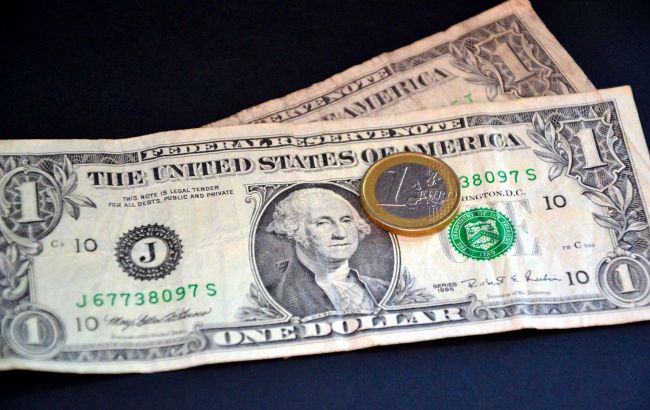Trump trade deals boost dollar recovery
 Photo: Trump's deals boosted the dollar (Getty Images)
Photo: Trump's deals boosted the dollar (Getty Images)
The US dollar is on track for its strongest showing since the beginning of the year, as new trade agreements allow Washington to raise tariffs with little fear of negative reaction or retaliation, Reuters reports.
A recent US-EU deal over the weekend, introducing a 15% tariff hike and expanding European purchases of American energy and weapons, triggered a sharp drop in the euro. The euro-to-dollar rate fell from 1.1840 to 1.1580 dollars.
While a stronger dollar can lift confidence on Wall Street, it also presents a challenge for the Trump administration, which views a weaker dollar as a way to shrink the trade deficit and improve US competitiveness.
Analysts suggest that the current dollar movement may signal a decline in the "tariff premium" that's been built into its value for most of the year.
Fed policy and market momentum
The dollar's climb coincides with the start of a US Federal Reserve meeting. No rate changes are expected, but investors are already focused on the September session.
As corporate earnings season hits full swing, Wall Street indexes reached new records on July 28. US stock futures are rising, along with markets in Europe and China.
With the threat of stronger sanctions on Russia, markets are closely watching oil prices. President Trump has given Moscow "10 or 12 days" to move toward ending the war in Ukraine, warning that buyers of Russian oil could face consequences. Meanwhile, Brent crude oil rose to $70 per barrel.
At the same time, trade negotiations between the US and China entered their second day in Stockholm, with expectations high for a 90-day extension of the tariff truce. South Korea's finance minister, Koo Yun-cheol, said he plans to discuss a mutually beneficial agreement with US Treasury Secretary Scott Bessent.
Earlier this year, the euro had surged 13.8% against the dollar, reaching 1.181 by late June - its strongest performance in years.
In Ukraine, the euro hit a record high of 49.40 hryvnias in early July before falling by about one hryvnia.
However, the National Bank of Ukraine does not anticipate major euro/dollar fluctuations in the near term.

